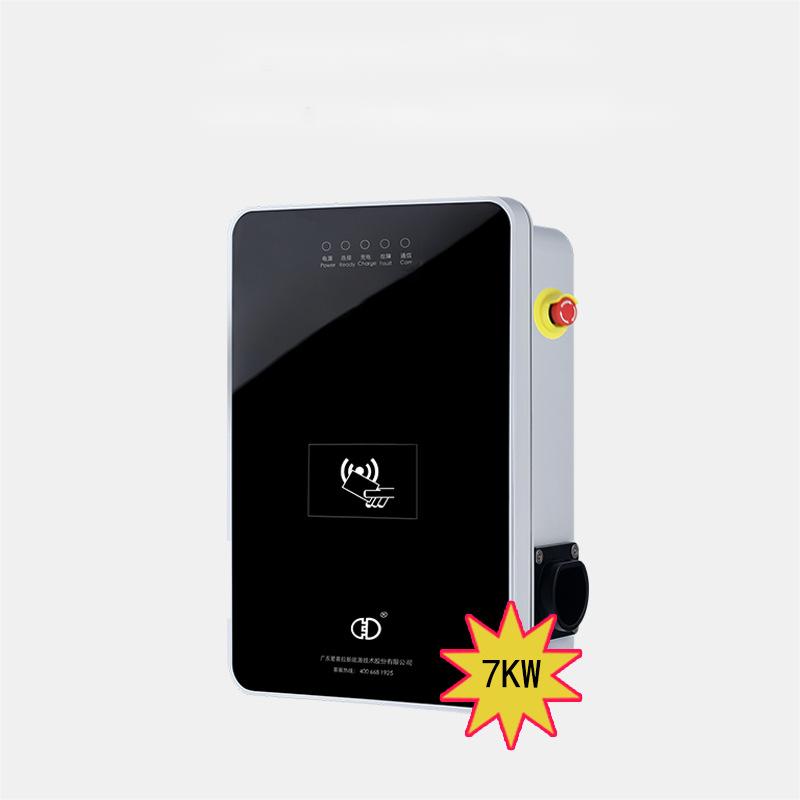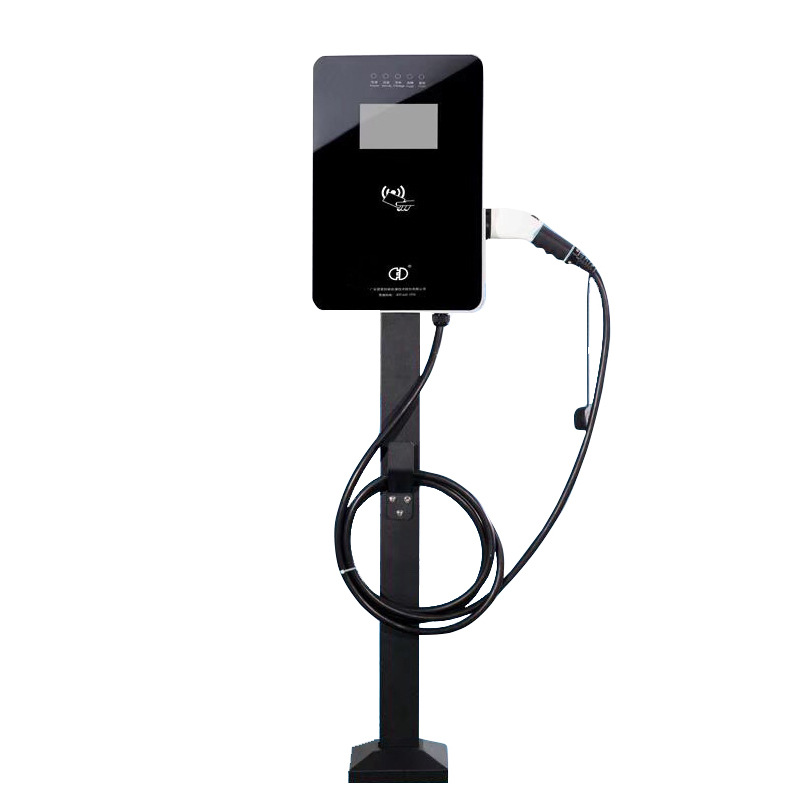The electrification of transportation is rapidly reshaping the automotive industry, driving innovation, sustainability, and efficiency. Central to the success of electric vehicles (EVs) is the harmonious interaction between critical components, particularly the battery pack and on-board charger. This dynamic relationship ensures optimal charging performance, battery longevity, and overall vehicle efficiency. In this article, we delve into the complexities of how battery packs are matched with on-board chargers, highlighting the technical considerations, benefits, and challenges that come with achieving this synergy.
The Symbiotic Relationship
The battery pack and on-board charger in an EV share a symbiotic relationship akin to a well-choreographed dance. The battery pack serves as the energy reservoir, storing the electrical energy needed to power the vehicle's electric motor. The on-board charger, on the other hand, is responsible for converting alternating current (AC) from the charging station into direct current (DC) suitable for battery storage.
Matching the battery pack with the on-board charger involves a meticulous process that optimizes charging speed, battery life, and safety. A harmonious pairing ensures that the battery pack receives the right amount of energy at the correct voltage and current levels, preventing overcharging or undercharging scenarios.
Key Considerations in Battery-On-Board Charger Matching
Voltage and Current Compatibility: The voltage and current ratings of the battery pack and on-board charger must be compatible. Mismatched voltages or current levels can result in inefficient charging, reduced battery life, or even safety hazards.

Charging Speed and Battery Capacity: The charging speed, often expressed in kilowatts (kW), should align with the battery pack's capacity. An oversized on-board charger might lead to accelerated battery degradation, while an undersized charger could result in prolonged charging times.
Chemistry and Cell Characteristics: Different battery chemistries (such as lithium-ion, lithium-polymer) have distinct charging profiles and requirements. On-board chargers must be designed to accommodate these variations to prevent overcharging, thermal runaway, or other safety concerns.
Thermal Management: Efficient heat dissipation is crucial during charging to prevent excessive temperatures that can degrade battery performance and lifespan. On board charger need to be integrated with the vehicle's thermal management system to ensure optimal operating conditions.
Communication Protocols: Effective communication between the battery management system (BMS), on-board charger, and external charging infrastructure is essential for accurate state-of-charge calculations, proper charge termination, and overall safety.
Benefits of a Well-Matched Pair
Optimal Charging Efficiency: A well-matched battery pack and on-board charger ensure that energy transfer during charging is highly efficient, minimizing energy losses and reducing charging times.
Extended Battery Life: Properly matched components prevent overcharging or high charging currents that can contribute to battery degradation over time, extending the battery pack's overall lifespan.

Safety and Reliability: Matching ensures that charging processes are conducted within safe limits, mitigating risks associated with thermal runaway, overvoltage, or other hazardous conditions.
User Experience: Efficient charging and optimized battery performance contribute to a positive user experience, enhancing customer satisfaction and confidence in EV technology.
Challenges and Future Outlook
While achieving the perfect harmony between battery packs and on-board chargers offers numerous benefits, there are inherent challenges:
Diverse EV Ecosystem: EV manufacturers produce a variety of vehicle models with different battery chemistries, capacities, and charging requirements. Developing on-board chargers that cater to this diversity while maintaining efficiency and safety is a significant engineering challenge.
Rapid Technological Advancements: The EV industry is evolving rapidly, with advancements in battery technology, charging infrastructure, and vehicle design. On-board chargers must adapt to these changes to remain relevant and effective.
Standardization and Interoperability: Establishing common standards and protocols for battery-pack-on-board-charger interaction is essential for ensuring compatibility across different brands and charging stations.
The seamless integration of battery packs and on-board chargers is a cornerstone of electric vehicle technology. The intricate dance between these components ensures efficient, safe, and reliable charging, promoting the widespread adoption of electric mobility. As the EV landscape continues to evolve, engineers and researchers are continually striving to enhance the relationship between battery packs and on-board chargers, pushing the boundaries of innovation and sustainability to create a greener and more electrified future.
Next:On-Board Chargers in Electric Vehicles
Previous:Unveiling the Power of Bidirectional On-Board Charger
Contact Person: Miss. Kiki
| WhatsApp : | +8617763224709 |
|---|---|
| Skype : | +8617763224709 |
| WeChat : | +8617763224709 |
| Email : | kiki@lifepo4-battery.com |